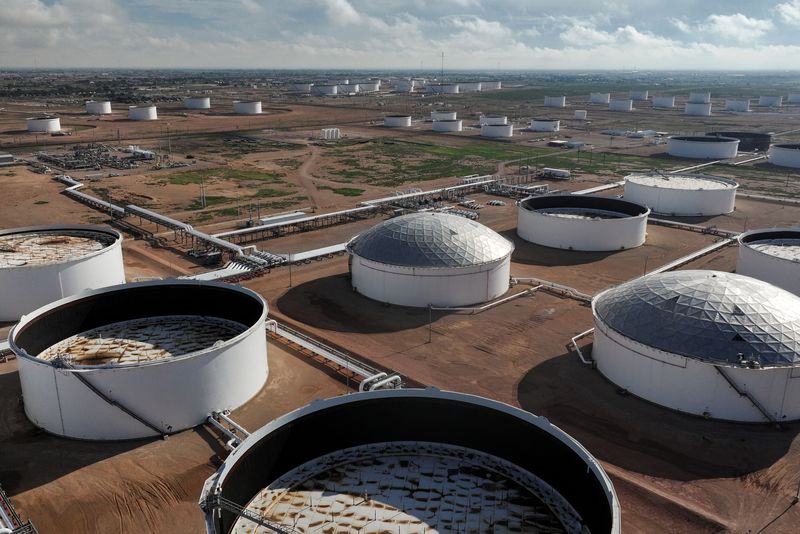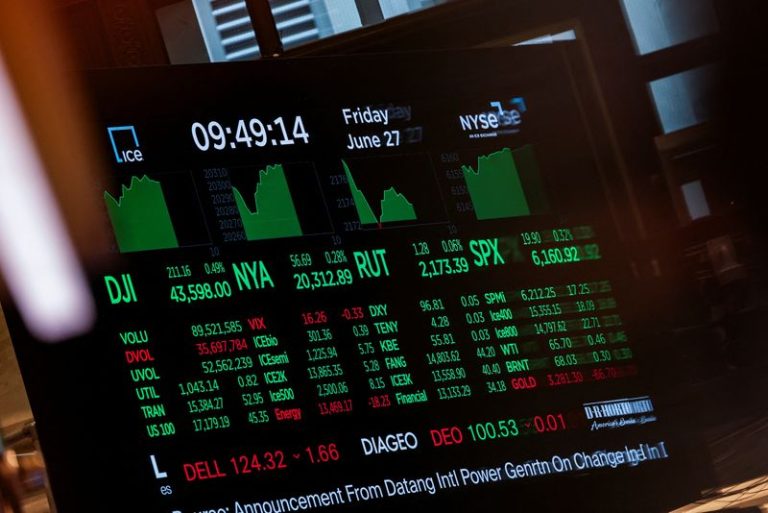By Erwin Seba
HOUSTON (Reuters) -Oil prices edged up slightly on Friday, recovering from a midday drop into negative territory following a report that OPEC+ was planning to hike production in August, but tumbled about 12% in the week in their biggest drop since March 2023.
Brent crude futures settled at $67.77 a barrel, up 4 cents, or 0.1%. U.S. West Texas Intermediate crude finished up 28 cents, or 0.4%, at $65.52 a barrel.
Four delegates from OPEC+, which includes allies of the Organization of the Petroleum Exporting Countries, said the group was set to boost production by 411,000 barrels per day in August, following a similar-size output increase already planned for July.
“The report about an OPEC increase came out and prices cratered,” said Phil Flynn, senior market analyst with Price Futures Group, about the midday slide.
Crude prices were already headed for a 12% decline for the week following the cease-fire between Israel and Iran.
During the 12-day war that started after Israel targeted Iran’s nuclear facilities on June 13, Brent prices rose briefly to above $80 a barrel before slumping to $67 a barrel after U.S. President Donald Trump announced an Iran-Israel ceasefire.
“The market has almost entirely shrugged off the geopolitical risk premiums from almost a week ago as we return to a fundamentals-driven market,” said Rystad analyst Janiv Shah.
Flynn said expectations of higher demand in the coming months gave crude a boost earlier on Friday.
“We’re getting a demand premium on oil,” Flynn said.
Prices had also been supported earlier in Friday’s session by multiple oil inventory reports that showed strong draws in middle distillates, said Tamas Varga, a PVM Oil Associates analyst.
U.S. government data on Wednesday showed crude oil and fuel inventories fell last week, with refining activity and demand rising. [EIA/S]
Meanwhile, data on Thursday showed that independently held gasoil stocks at the Amsterdam-Rotterdam-Antwerp (ARA) refining and storage hub fell to their lowest in over a year, while Singapore’s middle distillates inventories declined as net exports climbed week on week.
Additionally, China’s Iranian oil imports surged in June as shipments accelerated before the Israel-Iran conflict and demand from independent refineries improved, analysts said.
China is the world’s top oil importer and biggest buyer of Iranian crude. It bought more than 1.8 million barrels per day of Iranian crude from June 1-20, according to ship-tracker Vortexa, a record high based on the firm’s data.







